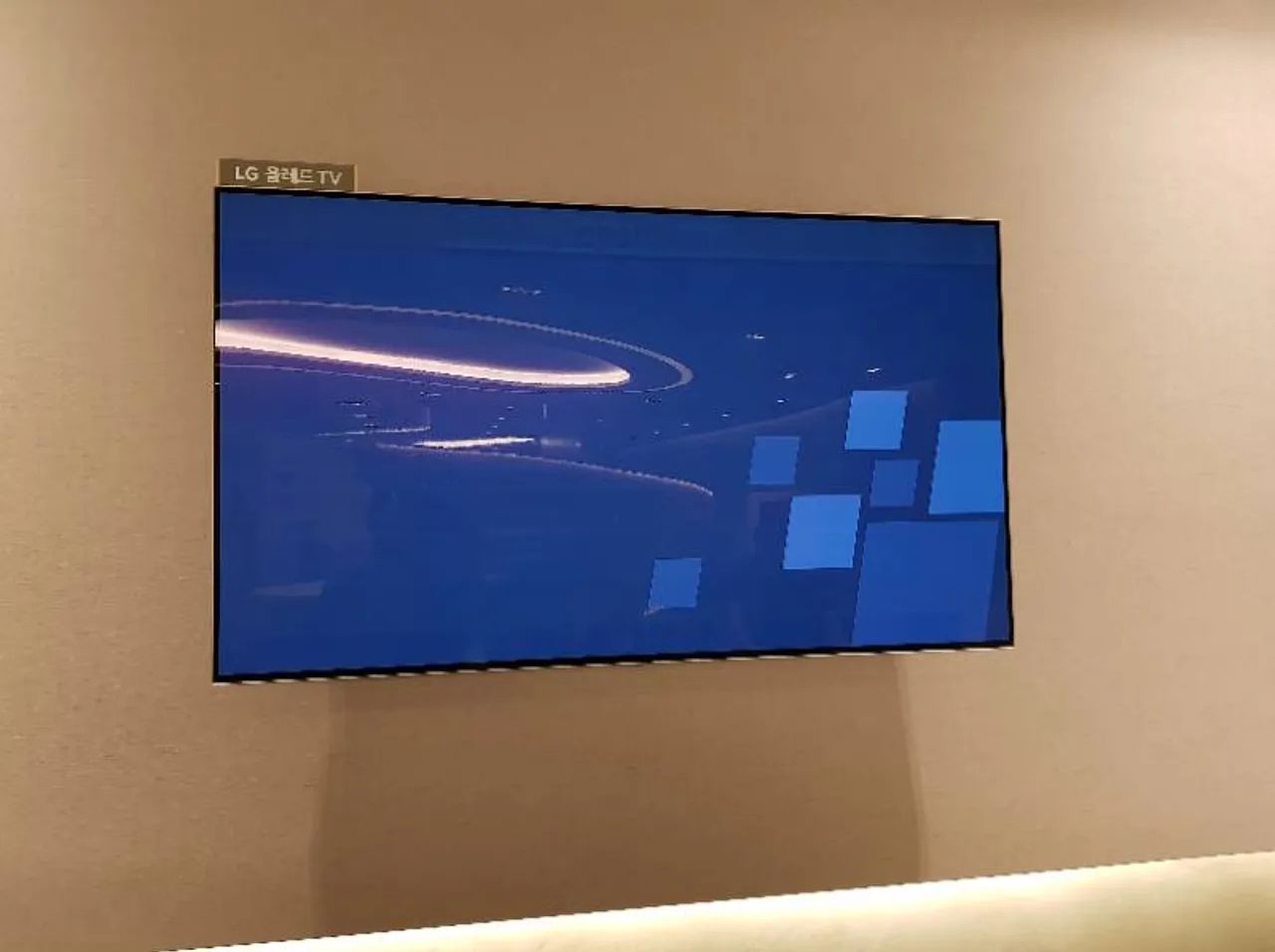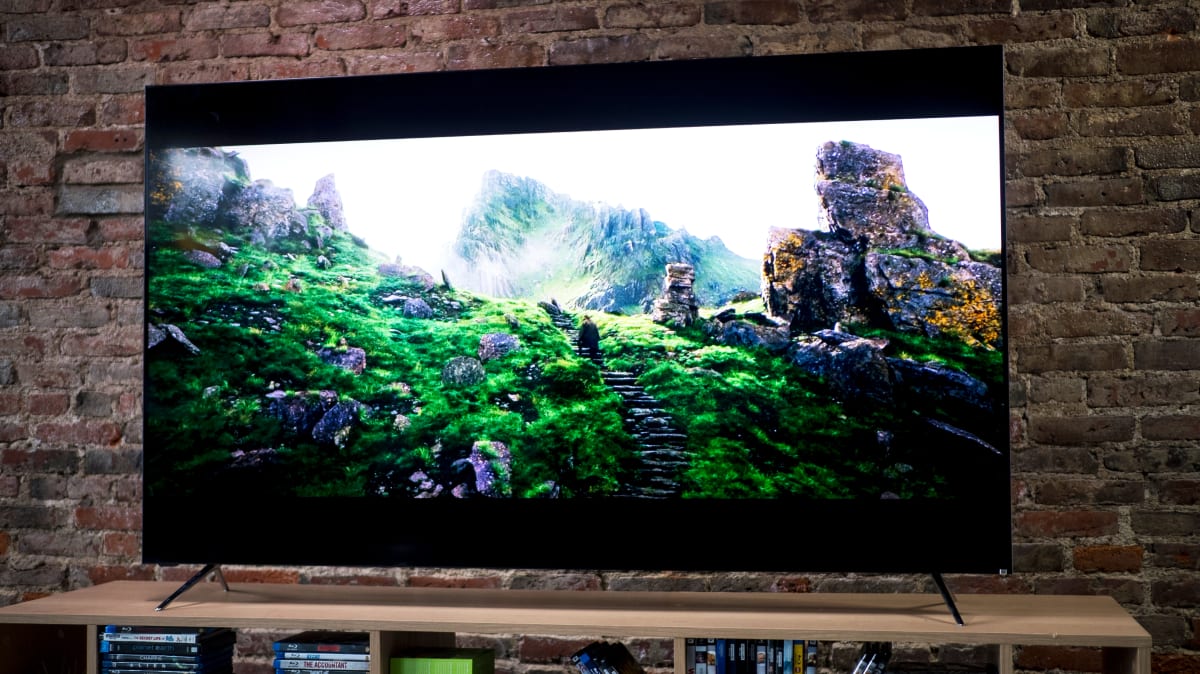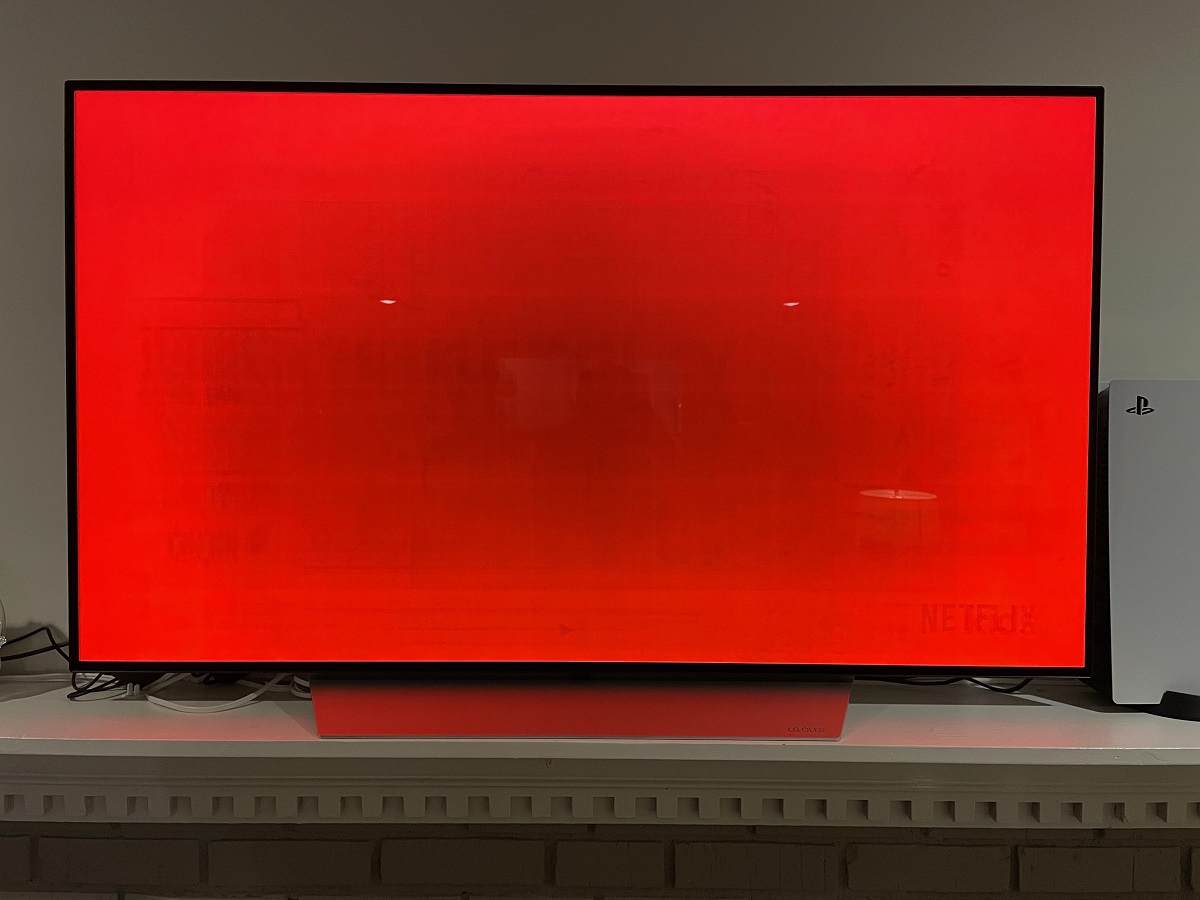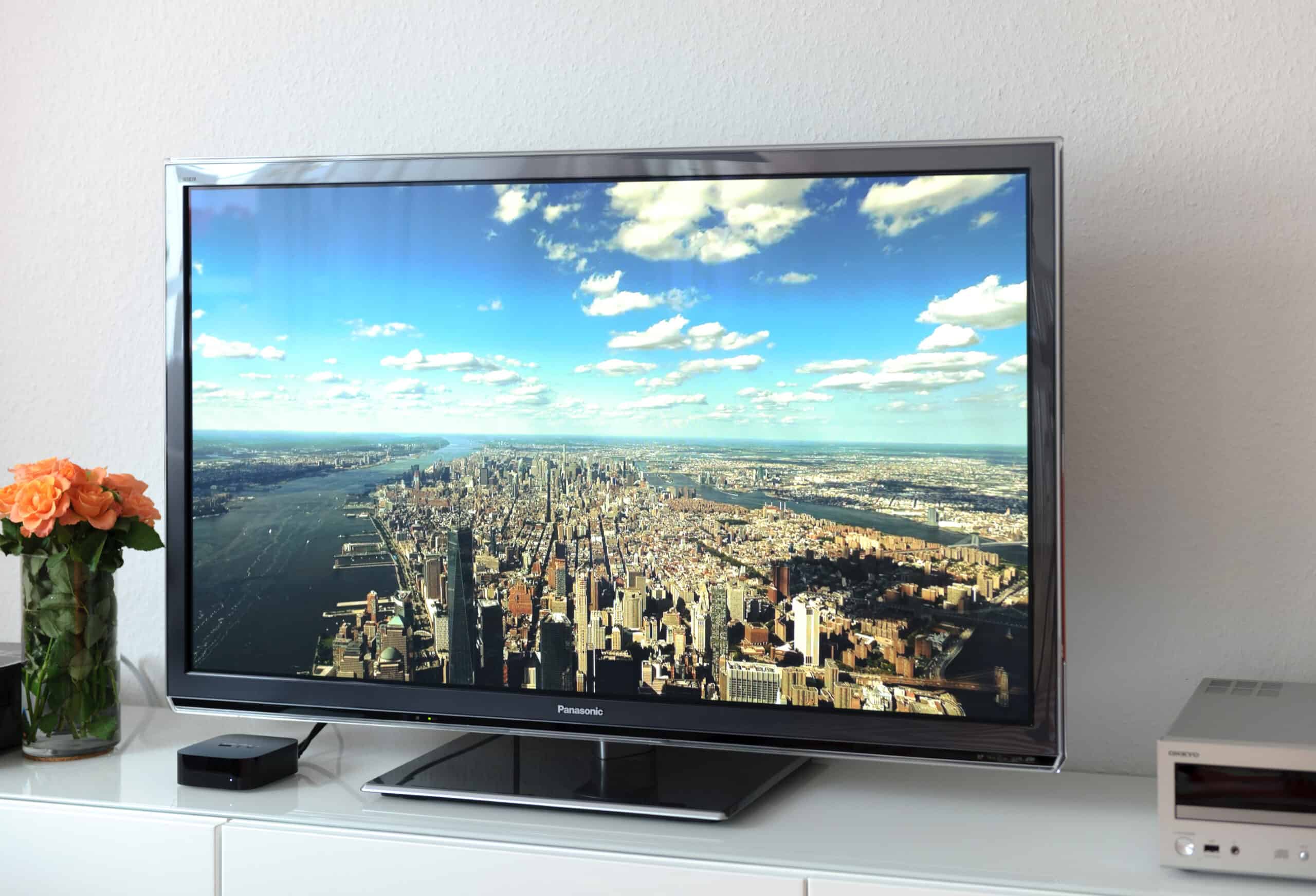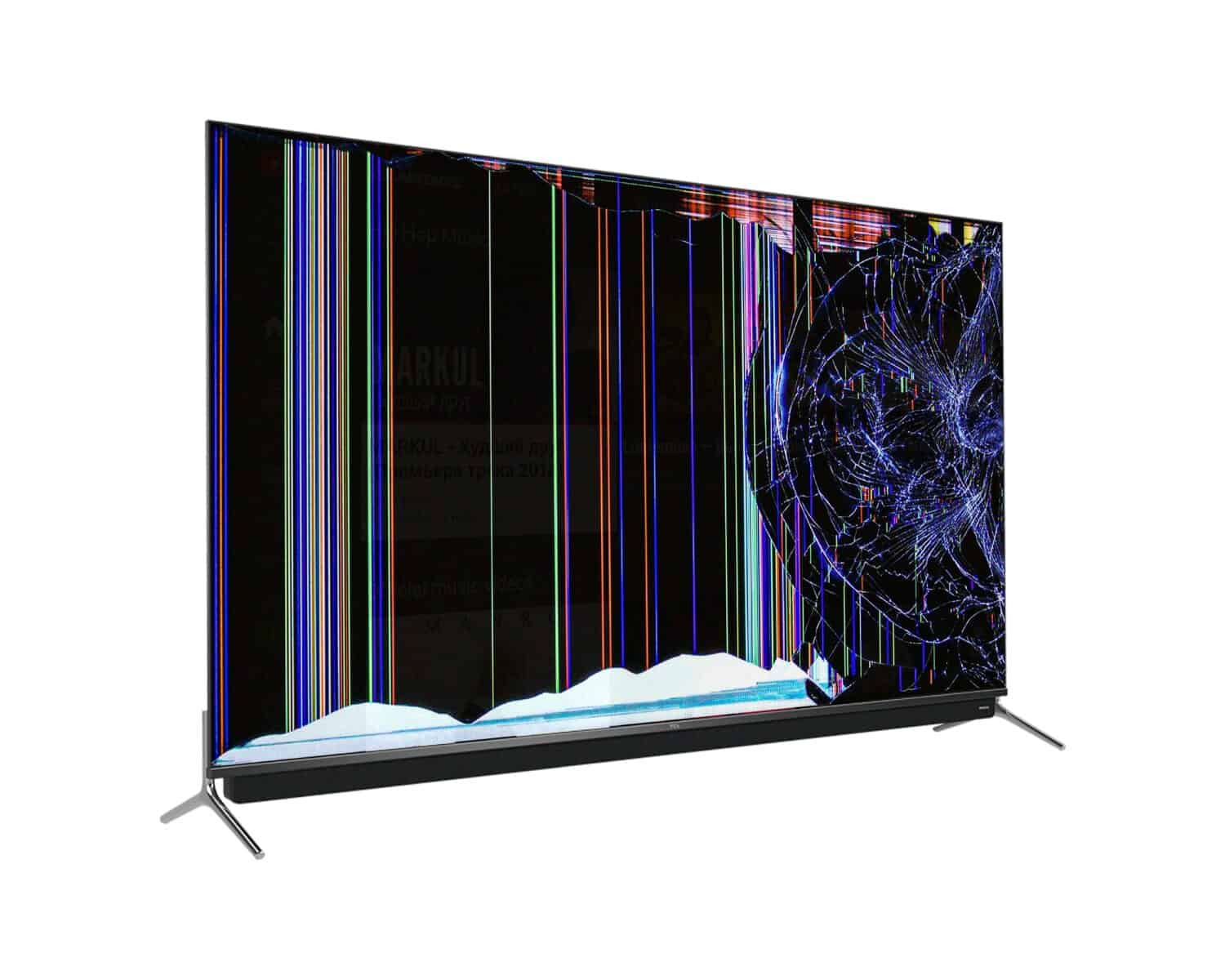Introduction
OLED (Organic Light Emitting Diode) TVs have gained immense popularity in recent years for their superior picture quality and vibrant colors. However, there is one issue that OLED TV owners should be aware of – burn-in. Burn-in refers to permanent damage to the TV’s display, resulting in a noticeable and often permanent ghost image of static elements, such as logos or channel identifiers, being retained on the screen even when the content changes.
While burn-in is an inherent issue with OLED technology, it is important to note that it is not a common occurrence under normal usage. It usually happens when specific conditions are met, such as prolonged display of static images at high brightness levels. Understanding what causes burn-in and how to prevent and fix it can help ensure the longevity and optimal performance of your OLED TV.
In this article, we will delve into the concept of burn-in on OLED TVs, explore its causes, discuss the types of content that can lead to burn-in, and provide useful tips on how to prevent and fix this issue. By the end of this article, you will have a comprehensive understanding of burn-in and be equipped with the knowledge necessary to avoid and mitigate this problem.
What is Burn-in on OLED TV?
Burn-in on OLED TVs refers to the permanent, visible traces or ghost images of static elements that become ingrained on the display panel. These elements can include logos, channel identifiers, or any other static content that remains on the screen for extended periods. The burn-in effect is essentially a result of certain pixels being overused, causing them to degrade faster than the surrounding pixels, and thus creating a lingering afterimage.
OLED TVs utilize organic compounds that emit light when an electric current is passed through them. Unlike traditional LCD TVs that rely on backlighting, OLED pixels emit their own light, enabling individually controlled pixels and infinite contrast ratios. However, due to the organic nature of the materials used, OLED pixels can deteriorate over time, leading to burn-in if not properly managed.
It is important to note that not all OLED TVs are equally prone to burn-in. Manufacturers have made significant advancements in OLED technology, implementing various techniques to minimize the risk. Nevertheless, burn-in remains a possibility, particularly if the TV is subjected to intense usage and exposure to specific types of content.
While burn-in can be an unwelcome issue, it’s crucial to keep in mind that it is not a common occurrence for most users. Everyday TV viewing, including movies, shows, and gaming, is typically not problematic. However, certain use cases, such as prolonged display of static elements or intense usage in commercial environments, have a higher risk of causing burn-in.
In the next section, we’ll explore the factors that contribute to the occurrence of burn-in on OLED TVs, providing you with a deeper understanding of its causes.
How Does Burn-in Happen?
Burn-in on OLED TVs occurs when certain pixels on the display panel degrade faster than others, resulting in a persistent afterimage of static content. This degradation is primarily influenced by two factors: pixel aging and uneven usage of pixels.
Pixel Aging: OLED pixels are made up of organic compounds that emit light when an electric current is applied. Over time, these organic materials degrade, causing the pixels to gradually lose their ability to emit light uniformly. As a result, pixels that have been used extensively may appear dimmer or display color inaccuracies compared to neighboring pixels, leading to the formation of ghost images.
Uneven Usage of Pixels: Burn-in is more likely to occur in areas of the screen that consistently display static elements or images with high brightness levels. When specific pixels are subjected to prolonged exposure to static content, they age faster than other pixels that receive varied content. For example, if you frequently watch content with constant logos or have a gaming HUD (heads-up display) that remains fixed onscreen for extended periods, those pixels can experience accelerated degradation, exacerbating the risk of burn-in.
It’s worth noting that modern OLED TVs employ several techniques to mitigate the risk of burn-in. These include pixel shifting, where the TV subtly moves the pixels around to distribute the wear and evenly age the pixels, as well as brightness limiters that dynamically adjust the display’s brightness based on the content being viewed. These measures help prolong the lifespan and reduce the likelihood of burn-in but cannot completely eliminate the possibility.
In the next section, we will delve into the various factors that can contribute to burn-in on OLED TVs, helping you understand the specific causes and scenarios to be mindful of.
Causes of Burn-in on OLED TV
While burn-in on OLED TVs is not a widespread problem, there are specific factors that can contribute to its occurrence. Understanding these causes can help users take precautionary measures to minimize the risk of burn-in. Here are some of the main causes:
1. Static Images: Prolonged display of static images or elements, such as logos, news tickers, or gaming HUDs, can lead to burn-in. These elements tend to be bright and consistent, causing the pixels associated with them to age faster compared to other areas of the screen.
2. High Brightness Levels: Displaying content at high brightness levels for extended periods can accelerate pixel degradation, especially if the content is static or contains bright areas. It’s advisable to adjust your OLED TV’s brightness settings to a moderate level for everyday viewing to minimize the risk of burn-in.
3. Commercial Usage: OLED TVs used in commercial settings, such as airports, restaurants, or retail stores, are more susceptible to burn-in due to prolonged and repetitive display of static advertisements or signage. In these instances, it’s recommended to choose OLED TVs specifically designed for commercial environments or rotate the displayed content regularly to prevent burn-in.
4. Gaming HUDs and User Interfaces: Video games often have static elements like health bars, minimaps, or inventory displays that are continuously visible during gameplay. These static elements can lead to burn-in if displayed for extended periods. To prevent burn-in while gaming, consider reducing the brightness of HUD elements or utilizing features like pixel shifting or screen savers if available.
5. News or Sports Tickers: Television broadcasts that feature news tickers or constant sports score updates can result in burn-in if watched for long durations. As these elements remain fixed on the screen, the associated pixels can age faster, leading to persistent ghost images. Avoid leaving your television tuned to these channels for extended periods to minimize the risk of burn-in.
It’s important to note that manufacturers continue to develop improvements in OLED technology to mitigate the risk of burn-in. However, taking preventative measures and being mindful of the content and usage patterns can go a long way in preserving the longevity and optimal performance of your OLED TV.
In the next section, we will discuss the types of content that can potentially cause burn-in, helping you make informed decisions about what to watch and how to protect your OLED TV.
Types of Content That Can Cause Burn-in
While OLED TVs are designed to handle a wide range of content, certain types of content pose a higher risk of causing burn-in. Understanding which types of content are more prone to causing burn-in can help you make informed decisions about what to watch and how to protect your OLED TV. Here are some examples:
1. Static Logos and Graphics: Content with persistent static logos, such as news channel logos or gaming company logos, can potentially cause burn-in. These logos, especially if displayed at high brightness levels, can lead to the accelerated aging of the pixels associated with them, resulting in ghost images.
2. News Tickers and Sports Scores: Television channels that display continuous news tickers or sports scores can contribute to burn-in if watched for extended periods. These elements typically remain static while the rest of the content changes, causing the pixels beneath them to age differently from the surrounding pixels.
3. Gaming HUDs (Heads-Up Displays): Video games often feature heads-up displays that provide important information such as health bars, maps, and inventory overlays. These interfaces can be static or have certain elements that remain fixed for extended periods, potentially leading to burn-in if displayed frequently at high brightness levels.
4. High-Contrast Content: Content with high contrast levels, especially if it contains bright, static elements against a dark background, can increase the risk of burn-in. The high contrast can cause certain pixels to age faster than others, resulting in visible afterimages of those bright elements.
5. Commercial Advertisements and Signage: OLED TVs used in commercial settings, such as airports or retail stores, are more likely to encounter burn-in due to the constant display of static advertisements or digital signage. These prolonged displays with consistent visuals can cause the associated pixels to age faster, leading to burn-in.
It’s important to note that while these types of content pose a higher risk, everyday television viewing, movies, and varied content consumption are generally not problematic. Manufacturers have implemented measures like pixel shifting and brightness limiters to help reduce the risk of burn-in during typical usage scenarios.
In the next section, we will provide you with practical tips to prevent burn-in on your OLED TV, ensuring a longer lifespan and optimal performance for your device.
Tips to Prevent Burn-in on OLED TV
While burn-in is not a common occurrence for most users, taking preventative measures can help minimize the risk and prolong the lifespan of your OLED TV. Here are some practical tips to prevent burn-in:
1. Avoid Prolonged Display of Static Content: Limit the display of static images or logos, especially at high brightness levels. If you must watch content with static elements, consider periodically hiding or moving them using the TV’s settings or by changing the aspect ratio.
2. Adjust Brightness Levels: Reduce the brightness of your OLED TV to an appropriate level for everyday viewing. Extremely high brightness can accelerate pixel degradation, increasing the likelihood of burn-in. It’s recommended to use the TV’s built-in brightness controls to find a balance between picture quality and long-term durability.
3. Enable Screen Savers: Some OLED TVs offer screen saver options that can help prevent burn-in. Screen savers display moving images or patterns after a period of inactivity, redistributing the usage of pixels and reducing the risk of burn-in. Consider enabling a screen saver if available on your TV.
4. Utilize Pixel Shifting: Many OLED TVs have a feature called pixel shifting that slightly moves the pixels on the screen over time. This helps distribute the wear and aging of pixels evenly, reducing the chance of burn-in. Check your TV’s settings to confirm if this feature is available and enable it for added protection.
5. Vary Your Content: It is important to vary the type of content you watch on your OLED TV. Regularly changing channels, streaming platforms, or gaming titles helps distribute pixel usage, preventing specific elements from constantly being displayed on the screen for extended periods. Taking breaks and engaging in different activities can also help reduce the risk of burn-in.
6. Consider TV Usage in Commercial Environments: If you plan to use an OLED TV in a commercial setting, such as a retail store or restaurant, consider models specifically designed for commercial use. These TVs often have additional features and technologies to mitigate the risk of burn-in in high-usage scenarios. Alternatively, rotating the displayed content regularly on your TV can help prevent burn-in.
Following these tips will help you maintain the longevity and picture quality of your OLED TV. While burn-in is a potential concern, implementing these preventative measures and being mindful of your TV usage can significantly reduce the likelihood of experiencing burn-in issues.
In the final section, we will discuss the steps you can take to fix burn-in if it does occur on your OLED TV.
How to Fix Burn-in on OLED TV?
If you notice burn-in on your OLED TV, there are several steps you can take to try and fix the issue. While it might not always be possible to completely eliminate burn-in, these methods can help reduce its visibility and improve the overall display quality. Here’s what you can do:
1. Pixel Refresh: Many OLED TVs have a built-in pixel refresh feature that can help alleviate burn-in. This feature runs a maintenance routine which attempts to recalibrate the pixels and reduce the visibility of the burn-in. Check your TV’s settings for a pixel refresh option and initiate the process. Run it periodically as recommended by the manufacturer.
2. Displaying Full-Screen Patterns: Some OLED TVs come equipped with full-screen pattern generators or panel refresh modes. These features display dynamic patterns or images that help distribute the pixel usage across the screen, potentially diminishing the appearance of burn-in. Consult your TV’s user manual or the manufacturer’s website for instructions on accessing and utilizing these features.
3. Avoiding Static Content: Now that you are aware of the risks associated with static content, it’s crucial to limit its display on your OLED TV. Avoid prolonged exposure to static logos, news tickers, or gaming HUDs. When watching or gaming, consider using fullscreen or immersive modes that hide or minimize these static elements.
4. Brightness and Contrast Adjustment: Adjusting the brightness and contrast settings of your OLED TV can help reduce the visibility of burn-in. Lowering the brightness might make the burn-in less noticeable, while reducing the contrast can help minimize the visual impact of the affected areas. Experiment with different settings to find the optimal balance for your viewing experience.
5. Professional Repair: If the burn-in on your OLED TV is severe and persists despite your efforts, you may need to seek professional repair services. Contact the manufacturer or a certified technician to inquire about potential repair options. Keep in mind that repairs might not always be feasible or cost-effective, particularly if the TV is older or out of warranty.
It’s important to note that while these methods can help improve the visibility of burn-in, they might not guarantee complete restoration of the affected areas. Prevention is always better than cure when it comes to burn-in, so it’s advisable to take proactive measures to avoid it in the first place.
By implementing these fix methods and being mindful of your TV usage, you can minimize the impact of burn-in and maintain the visual quality of your OLED TV.
With this, we conclude our discussion on burn-in and its prevention and resolution on OLED TVs. By understanding the causes, taking preventative measures, and knowing how to address the issue if it occurs, you can enjoy the stunning visuals and performance that OLED technology offers with peace of mind.
Conclusion
OLED TVs are known for their exceptional picture quality and vibrant colors. However, burn-in remains a potential concern for OLED TV owners. Burn-in occurs when certain pixels on the display panel degrade faster than others, resulting in persistent ghost images of static content. While burn-in is not a common occurrence for most users, it is important to understand its causes and take preventative measures to minimize the risk.
In this article, we explored the concept of burn-in on OLED TVs and discussed its causes, including the aging of pixels and uneven usage. We also identified the types of content that are more likely to cause burn-in, such as static logos, news tickers, and gaming HUDs. Additionally, we provided practical tips to help prevent burn-in, such as avoiding prolonged display of static content, adjusting brightness levels, and utilizing pixel shifting or screen savers if available.
If burn-in does occur on your OLED TV, we discussed potential solutions, including running pixel refresh routines, displaying full-screen patterns, and adjusting brightness and contrast settings. However, it’s important to note that these methods may not always completely eliminate burn-in, especially for severe cases.
Ultimately, the key to preventing burn-in is to vary your content, avoid prolonged exposure to static elements, and follow the manufacturer’s recommendations for usage and maintenance. By taking these precautions, you can minimize the risk and prolong the lifespan of your OLED TV.
Remember that while burn-in is a potential concern, it should not overshadow the many benefits and outstanding visual performance that OLED technology offers. With proper care and mindfulness, you can enjoy the immersive and breathtaking experience that OLED TVs provide for years to come.







